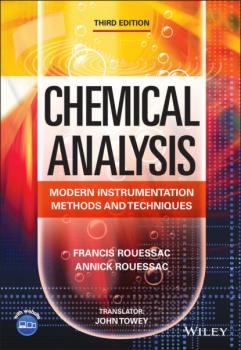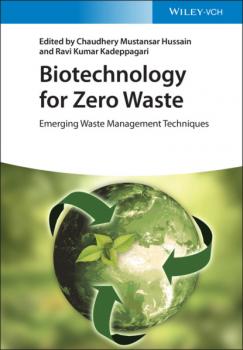Химия
Различные книги в жанре ХимияContact Lenses
CONTACT LENSES The book focuses on the chemistry and properties of contact lenses and their fabrication methods. With research & development continuing in the field, this comprehensive book takes a look at the last 10 years in terms of new materials, chemistry methods, applications, and fabrication techniques. New applications include drug delivery, lenses for augmented reality, electronic contact lenses, and wearable smart contact lenses. In addition, the book discusses simulation methods for contact lenses, such as ocular topography parameters, gas permeable lenses, and computerized videokeratography. On the fabrication front, several common fabrication methods for contact lenses are detailed, including the computer-aided contact lens design, methods for the fabrication of colored contact lenses, and the fabrication of decentered contact lenses. Special processes are reviewed, including, mold processes, reactive ion etching, electrospinning, and others. Also discussed are the properties of contact lenses and methods for the measurement. Many of the standard methods are discussed, but other issues are taken up too including a discussion on the assessment of cytotoxic effects, the Schirmer tear test, and others. The book concludes with a chapter detailing the possible medical problems related to contact lenses and how to avoid them. These include eye diseases, allergic and toxic reactions, as well as methods for medical treatment such as disinfection agents. Audience The book will be used by chemists, polymer scientists, ophthalmologists, engineers in the contact lens industry as well as polymer industries.
Analytical Food Microbiology
The new edition of the highly regarded laboratory manual for courses in food microbiology Analytical Food Microbiology: A Laboratory Manual develops the practical skills and knowledge required by students and trainees to assess the microbiological quality and safety of food. This user-friendly textbook covers laboratory safety, basic microbiological techniques, evaluation of food for various microbiological groups, detection and enumeration of foodborne pathogens, and control of undesirable foodborne microorganisms. Each well-defined experiment includes clear learning objectives and detailed explanations to help learners understand essential techniques and approaches in applied microbiology. The fully revised second edition presents improved conventional techniques, advanced analytical methodologies, updated content reflecting emerging food safety concerns, and new laboratory experiments incorporating commercially available microbiological media. Throughout the book, clear and concise chapters explain culture- and molecular-based approaches for assessing microbial quality and safety of diverse foods. This expanded and updated resource: Reviews aseptic techniques, dilution, plating, streaking, isolation, and other basic microbiological procedures Introduces exercises and relevant microorganisms with pertinent background information and reference material Describes each technique using accessible explanatory text, detailed illustrations, and easy-to-follow flowcharts Employs a proven “building block” approach throughout, with each new chapter building upon skills from the previous chapter Provides useful appendices of microbiological media, recommended control organisms, available supplies and equipment, and laboratory exercise reports With methods drawn from the authors’ extensive experience in academic, regulatory, and industry laboratories, Analytical Food Microbiology: A Laboratory Manual, Second Edition, is ideal for undergraduate and graduate students in food microbiology courses, as well as food processors and quality control personnel in laboratory training programs.









